What Is Septic Tank?
Important Point
A septic tank collects and treats wastewater in a property that isn’t linked to the mains sewer system and is, thus, most commonly used in rural areas.
The term ‘septic’ means infected with microorganisms’; the tanks contain bacteria that break down organic waste.
The inclusion of a bacterial treatment mechanism would be the difference between a septic tank and a cesspit, and such structures have both industrial and residential appliances.
Installed underground, a septic tank makes use of natural processes to treat the sewage it stores. Usually made up of two compartments or chambers, the tank receives wastewater from an inlet pipe.
If you’re in need of maintenance servicing or work on a Septic Tank, follow this link, otherwise read on to learn more about Septic Tanks, and how they may be emptied.
Also, read: IS 516:1959 Most Important Point (Method of Tests For Strength of Concrete)
How Does A Septic Tank Work?
A septic tank May digest organic matter and separate float-able matter(e.g., oils and grease) and solids in the wastewater A septic tank will be connected with two pipes (for inlet and outlet).
The inlet pipe can be used to transport the water waste from the house and collect it in the septic tank. It’s kept here long enough so that the liquid and solid waste are separated from each other.
The second pipe is the outlet pipe. It can also call the drain field. This pipe moves out of the pre-processed wastewater from the septic tank and spreads it evenly from the soil and watercourses.
When waste-water was collected after a while, it will begin to separate into 3 layers. (as shown in the image above) The top layer is oils and grease and floats above all the waste.
This is commonly referred to as”scum.” The middle layer contains wastewater along with waste particles. The third and bottom layer consists of particles that are heavier than water and form a layer of sludge.
Bacteria within the tank does it is best to break down the solid waste, which then allows liquids to drain and separate away easily.
What’s left at the bottom of the tank is what needs to be periodically removed as part of general maintenance. This is one of the reasons why a septic tank is only a basic form of sewage treatment.
- What Is Inverted Beam
- Best Quality Water Tank 1000 Ltr Price
- Queen Bed Size in Feet
- Excavation Rate Per Cubic Meter
- What Is Crane
- How to Identify Zero Force Members
- Shower Pan Concrete
- How Many 60lb Bags of Concrete in a Yard
Septic Tank Construction
It’s best to construct a single compartment for small-capacity septic tanks.
Larger capacities are the best fit for a both-compartment tank.
The wall separating the both is about two-thirds the length away from the inlet.
It, therefore, performs better than the single-compartment tank.
Both compartments interconnect above the sludge storage using pipes or square openings.
A plastic or concrete tank would be the best to use.
The floor and side walls are made with plastered concrete to render a smooth surface.
The floor has a slight slope of 10 percent towards the sludge outlet.
As a result, slung moves out more easily. The top cover of a septic tank is watertight and very thick. But a manhole of relative size is created. This allows inspection and emptying of the tanks.
Also, read: 23 Different Types Cements Available in India and As Per IS Standards
Septic Tank Design based Per User Consumption
The proper capacity of a septic tank is essential otherwise wastewater backflow toward the house. The septic tank system is much designed considering a future increase in wastewater generation design proper capacity septic tank that may last long for years.
- Let take one example of House – 4 Members.
- Daily Water Usage for a House – 4 Person
- Cooking – 8 Liters
- Bathing & Toilet – 90 Liters/Person, So for 4 person – 360 liters/Day
- Washing clothes & Utensils – 28 Liters
- Cleaning House – 12 Liters
- Other – 8 Litres
Total – 416 Litres/Day Approximately
We consider detention time as 4 days. So the designed tank should have the capacity to retain household wastewater for at least 4 days.
Total wastewater in 4 days – 416 × 4 = 1664 Liters
So, we take more than that about 1800 Liters capacity minimum for a home. For the Septic tank design depth of the tank should not be less than 1.5m.
Take sludge settled down per person – 30 liters/year. So here we take sludge removal 1 year once.
Total Accumulated Sludge = 30 litres x 4 persons x 1 years = 120 Litres
Total Septic Tank Capacity = 1800+120 = 2120 Liters
We know that 1 cubic meter = 1000 Liters = 2120 /1000 = 1.92 Cum
Area required @ 1.8m depth = 1.92 / 1.5 = 1.28 Sqm
We take the Length and Width ratio of the Septic Tank as 4:1 or 2:1
Length(L): Breath(B) ratio taken as 4 : 1
So, 4 B2 = 1.28 Sq. m where B=0.565 m
(Note: Minimum width of tank should not be less than 750mm)
So that L = 4 × 0.75 = 3m
L – 3 m; B – 0.75 m ;
Depth = 1.5 + 0.3 = 1.8 m (freeboard should be provided at least 300mm)
Septic Tank capacity = 3 x 1.8 x 0.75 = 4.05 Cum
Septic Tank capacity = 4.05x 1000
Septic Tank capacity = 4050 Liters
British Standard Calculation:
British standards given the following formula calculate the wastewater flow for a septic tank.
C=A + P (r q + n s)
Where,
C = Capacity in liters
P = Number of People
A = 2000 Litres as constant
R = Detention period of Sewage in Days
Q = Sewage Flow in liters per day
N = Number of years
S = Sludge accumulation in liters per person/year
Simplification of (r q + n s) = 180 Litres
We can Rewrite this formula C=A + 180 P
C = 1800 + (180 × 4)
C = 2520 Litres
How Does a Septic Tank Work?
As the tank fills up, the liquid empties into the drainfield, where it is absorbed into the soil. The liquid drains through the soil layers, where bacteria filter and digest contaminants. By the time the wastewater reaches groundwater, it is fully treated.
What Is a Septic Tank Used For?
The septic tank is a buried, water-tight container usually made of concrete, fiberglass, or polyethylene. Its job is to hold the wastewater long enough to allow solids to settle down to the bottom forming sludge, while the oil and grease floats to the top as scum.
Septic Tank Pumping Frequency
The average household septic system should be inspected at least every three years by a septic service professional. Household septic tanks are typically pumped every three to five years.
Septic Tank Maintenance Guide
Septic tank maintenance is essential to ensure proper functioning and avoid costly repairs or environmental issues. Here is a guide to help you maintain your septic tank effectively:
- Understand your septic system: Know the location of your septic tank, its capacity, and the type of system you have. This information will be useful for maintenance and troubleshooting.
- Regular inspections: Schedule professional inspections every 1-3 years, or as recommended by local regulations. Inspections can help identify any potential issues before they become major problems.
- Pumping: Regular pumping is crucial to prevent solid waste buildup in the septic tank. The frequency depends on factors like tank size, household size, and water usage. As a general guideline, pumping is typically needed every 3-5 years. Consult a professional to determine the appropriate pumping schedule for your specific situation.
Septic Tank Installation Process
Installing a septic tank is a complex process that typically requires professional assistance. It involves several steps to ensure proper functionality and compliance with local regulations. Here’s a general outline of the septic tank installation process:
Permits and Site Evaluation:
- Obtain the necessary permits from your local health department or relevant authority.
- A site evaluation is conducted to assess soil conditions, groundwater levels, and the suitability of the location for a septic system.
Design and Planning:
- Engage a qualified engineer or septic system designer to create a plan for your septic system.
- The design takes into account factors like soil permeability, tank size, drainfield requirements, and local regulations.
Excavation:
- The area where the septic tank and drainfield will be installed is excavated.
- The size and depth of the excavation depend on the tank’s specifications and local regulations.
Septic System Design
Designing a septic system involves several factors and considerations to ensure efficient and safe wastewater treatment. Here are some key aspects to consider when designing a septic system:
- Percolation Test: Conduct a percolation test (also known as a soil test or perc test) to evaluate the soil’s ability to absorb water. This test determines the soil’s permeability and helps determine the size and type of septic system suitable for the site.
- Site Evaluation: Assess the site’s characteristics, including soil type, topography, groundwater level, and proximity to water bodies, wells, and property boundaries. This evaluation helps determine the best location for the septic system components.
- Tank Sizing: Determine the appropriate size of the septic tank based on the estimated wastewater flow rate and the number of bedrooms or occupants in the building. The tank should have enough capacity to retain and treat wastewater effectively.
Septic Tank Meaning
A septic tank is an underground chamber made of concrete, fiberglass, or plastic that is used for the treatment and disposal of domestic wastewater. It is typically found in areas where there is no access to a centralized sewage system.
What Is Septic Tank?
A septic tank is an underground, watertight container used for the treatment and disposal of sewage and wastewater from households and buildings that are not connected to a public sewer system. It is a common wastewater management system used in rural and suburban areas.
How Big Is a Septic Tank?
A typical residential septic tank is usually around 4.5 feet wide x 8.0 feet long x 6 feet tall, though this is just a jumping-off point, as many tanks exceed this size.
What Does a Septic Tank Look Like?
From the outside, an underground septic tank usually looks like a large metal or plastic box. You can usually distinguish these septic systems by the distinct inspection pipes on top of the box, often covered by green caps. Most tanks have one or two inspection pipes and larger manhole covers for pumping.
What Are the 3 Types of Septic Systems?
In this blog post, we will discuss the most common septic system types: traditional septic systems, aerobic septic systems, and wastewater treatment systems.
What to Do After Septic Tank Is Pumped?
After you have had your septic tank pumped by a trusted septic company, there are some things you can and should do as the septic system owner.
- 1) Get on a Schedule.
- 2) Take Care of the System.
- 3) Know the Parts of Your System.
- 4) Check Other Possible Issues.
What Can You Put on Top of a Septic Field?
The best plants you can put on top of a septic drain or leach field are shallow-rooted herbaceous plants. These include perennials, bulbs, turf-grass, weeds, groundcovers, and more.
Like this post? Share it with your friends!
Suggested Read
- What Is Rolling Margin | The Procedure of Rolling Margin
- What Is Grouting | Type of Grouting | Advantage of Grouting
- What Is Development length | What Is Development Length of Bars
- What Is Construction Contract | Types of Engineering Contracts | Percentage-Rate Contract
- What Is Unit Weight | What Is Density | What Is Unit Weight Material | Unit Weight Building Materials
- Density of Cement Sand and Aggregate | Cement Density | Sand Density | Aggregate Density | list of Density
Originally posted 2023-07-15 11:45:59.
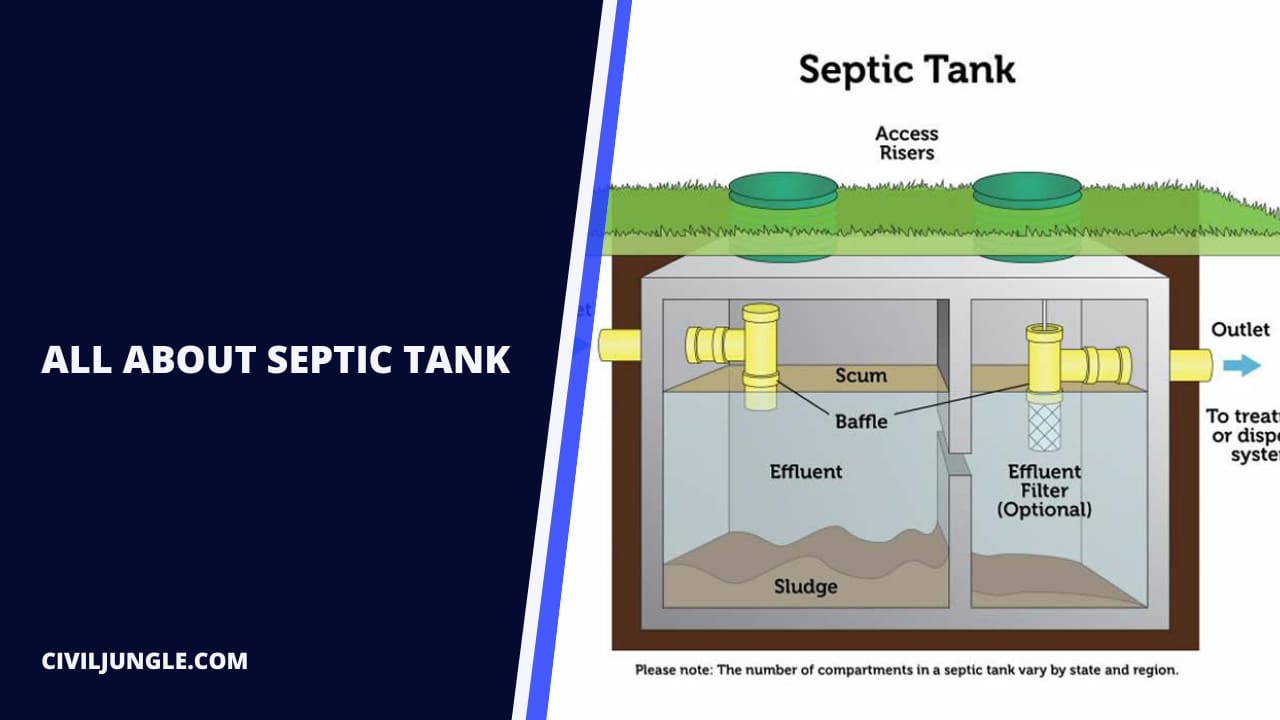
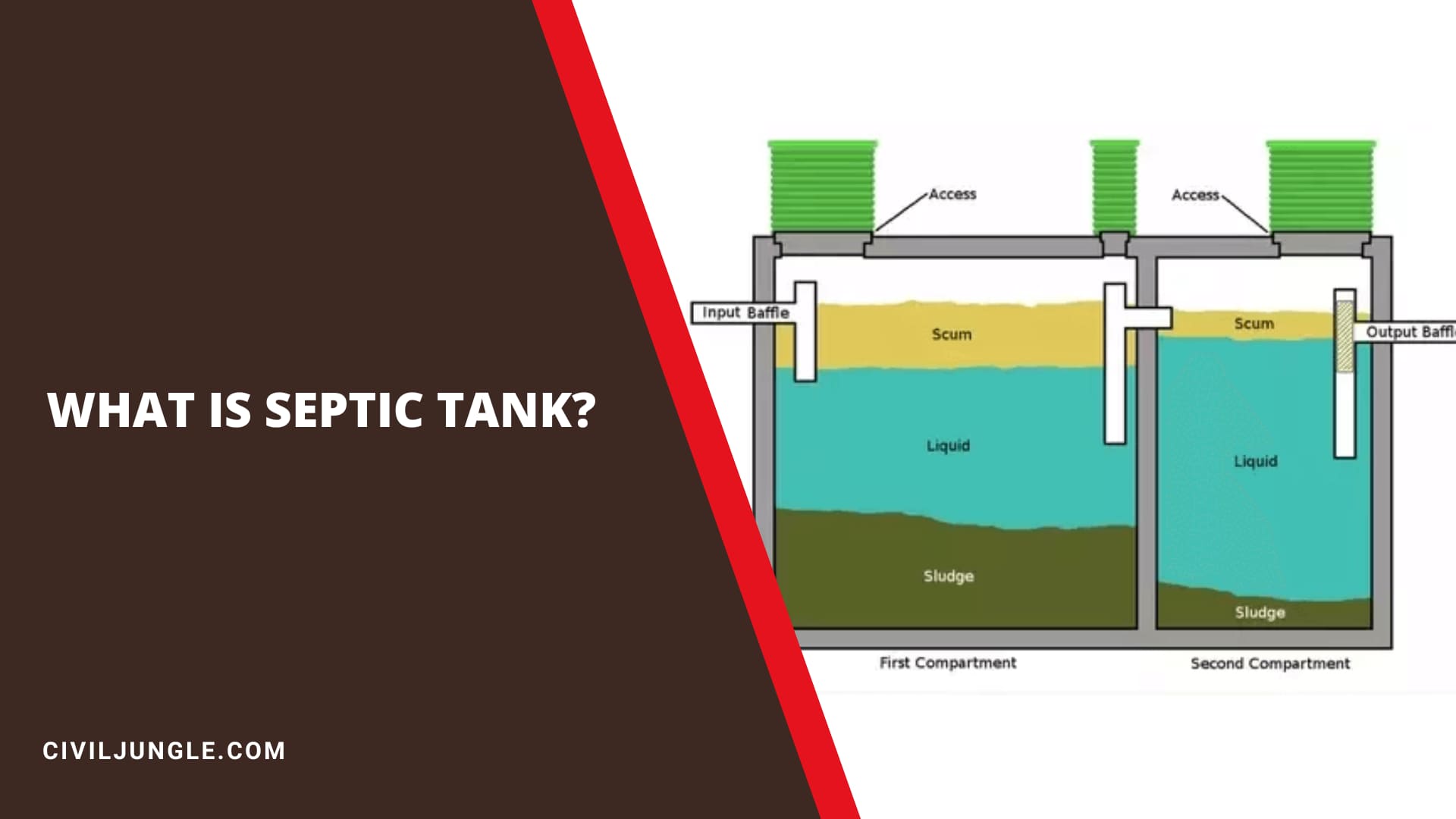
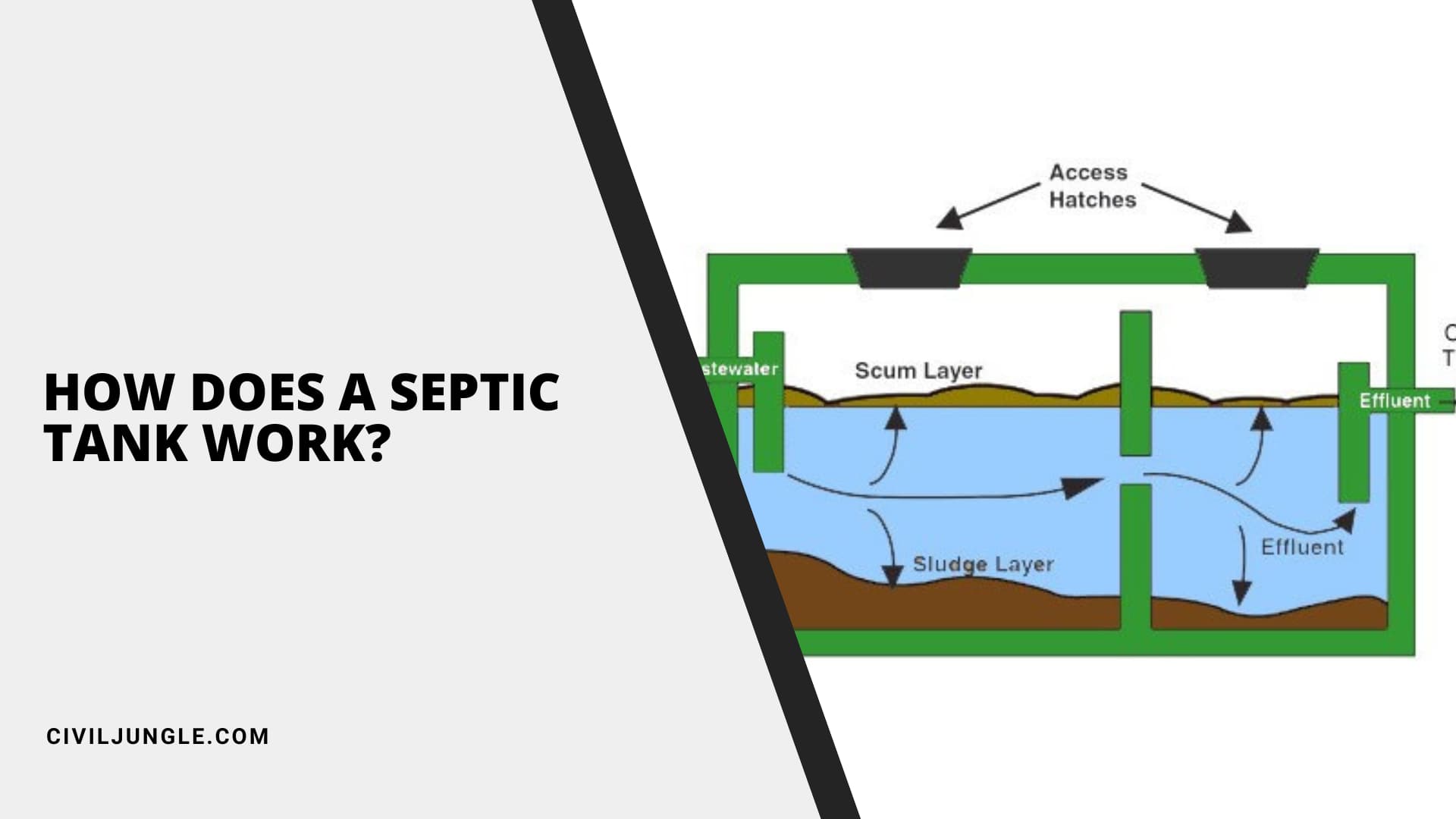
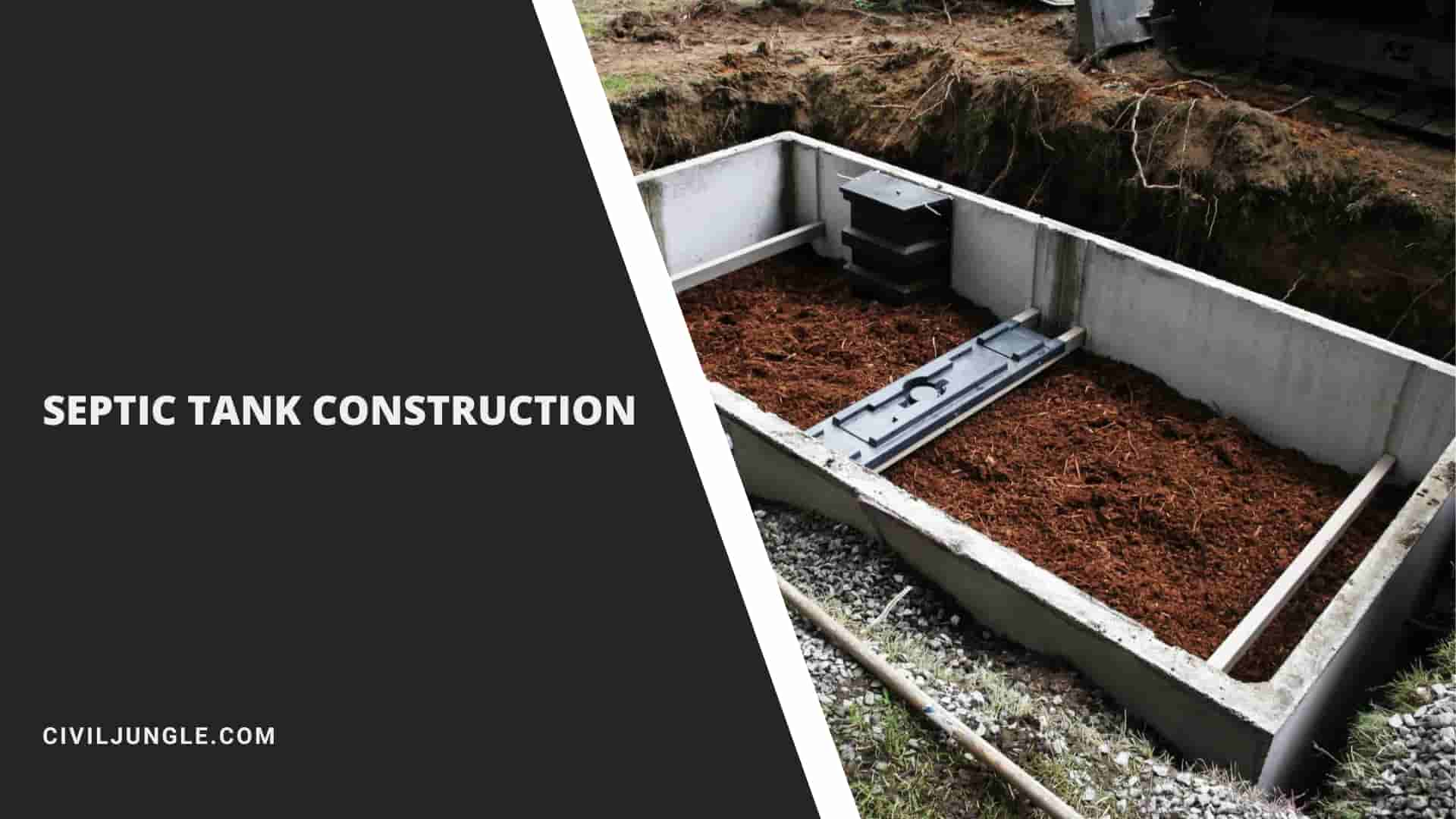
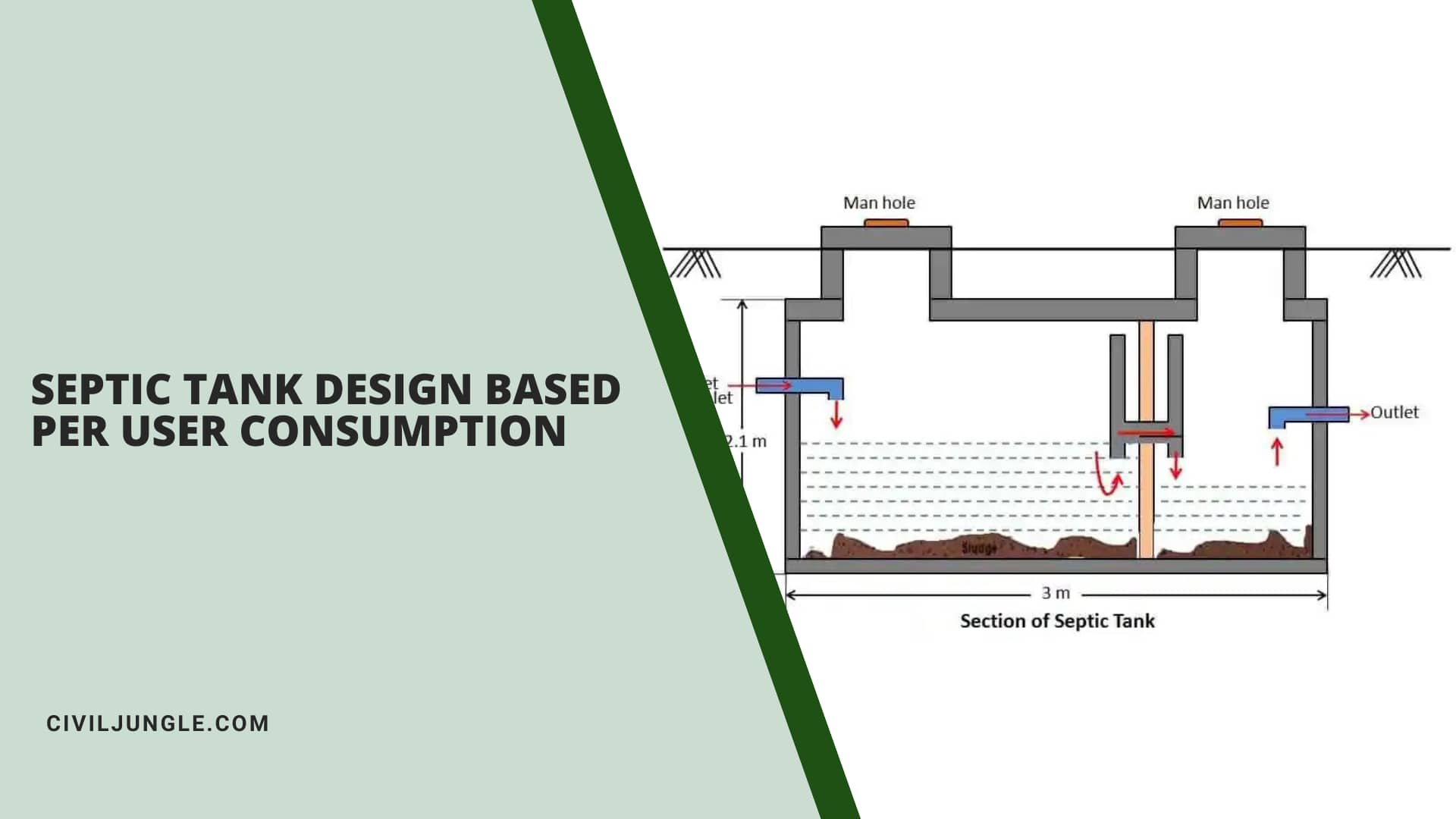

Dear Sir/madam
Hello, I’m glad to contact you, our company can provide the plastic septic tanks from china Model:200 Gallons /500 Gallons/800 Gallons If you are interested in any project, please let me know.We shall be glad to make you an Offer upon receipt of your detailed requirements.We look forward to receiving your inquiry As soon as possible.
Best wishes!